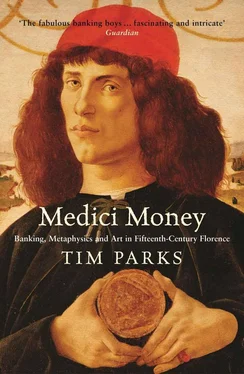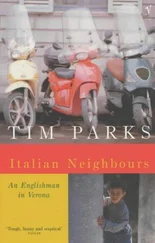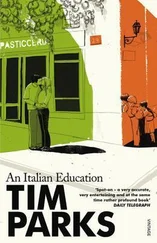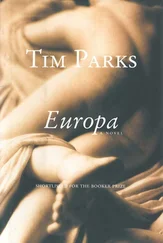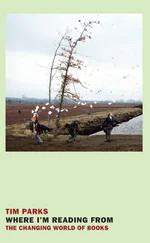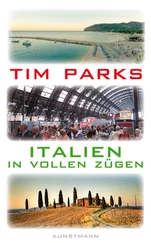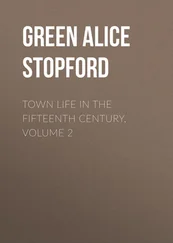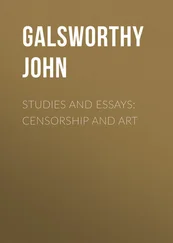But perhaps most of all, the Medici bank came after the great plague of 1348 that wiped out a third of the population of Europe. In 1338, Florence numbered 95,000 inhabitants; in 1427, there were 40,000, which was still about the same as the population of London at the time. “They fell ill daily in their thousands,” wrote Boccaccio. “Many dropped dead in the open streets…. Such was the multitude of corpses that there was not sufficient consecrated ground for them to be buried in.” When it was over, it must have been as if the city had been emptied, the earth lightened of a teeming load. In any event, the rapid growth in trade and population that had characterized the twelfth and thirteenth centuries was now definitely over. Would the world ever be so full and prosperous again? A long period of consolidation and recovery had begun, though often it seemed that no sooner were things returning to normal than the sickness struck once more. In 1363 it carried off Giovanni di Bicci’s father when our future banker was still no more than a toddler. “The shops scarce open their doors,” wrote Lapo Mazzei in the year 1400, “the judges have left their bench; the seat of government is empty; no man is seen in the courts.” People were dying again.
But what was possible for judges and politicians was unforgivable in a young bank clerk. In 1420, despite being a member of the family, Cambio d’Antonio de’ Medici was fired for leaving his cashier’s post in central Florence to flee yet another bout of the epidemic. Back in 1402, Giovanni di Bicci had been one of the judges who chose which artist would design the bronzes on the doors to the Church of San Giovanni Battista, the Baptistery, the city’s oldest church in one of the central piazzas, opposite the still-unfinished duomo . The bronzes were commissioned as a votive offering to beg God to spare the city from these endless visitations of the plague. The winning design, by Lorenzo Ghiberti, showed Abraham’s sacrifice of his son Isaac.
SO THE MEDICI bankers lived in the aftermath of remarkable innovations and great upheavals. “The people were tired,” says Guicciardini of the years when Giovanni di Bicci was a young man, “and happy to rest.” But we can also think of the Medici as coming before . For looking back, after the bank was gone, from the turmoil of the sixteenth century, it would seem to historians that Cosimo and Lorenzo de’ Medici had belonged to a more self-assured, in some ways even innocent, age. No sooner had Piero the Fatuous fled than Italy was overrun by the French, and then by the Spanish, with the Germans and Swiss doing their best to cash in and complicate matters. It was not unusual for a dozen armies to be on the move across the peninsula, plundering at will. The Medici bank thus came before the sacking of Rome (1527), before the sieges of Naples (1527–28) and Florence (1529–30), before the cruel and suffocating inflexibility of the Counter-Reformation, before Italy lost any practical independence for more than three hundred years. Hence, despite the many wars and occasional torture, the murders and corruption, the interminable vote-rigging and tax evasion that will have to be chronicled in this book, we might nevertheless think of fifteenth-century Florence, the ninety-seven years of the Medici bank, as a quiet parenthesis in the troubled transition from medieval to modern worlds. A time in which usury and art could flourish.
THE PLAGUE KILLED rapidly, but Averardo, or Bicci de’ Medici, Giovanni di Bicci’s father, had made a will. His wife’s dowry of 800 florins (gold) was returned to her. Before his five sons could be considered, a sum of 50 lire di piccioli (silver) was set aside for restitution to any lender in whose regard Averardo may have committed the sin of usury. It was a standard formula. The notorious Paduan usurer, Reginaldo degli Scrovegni, had made a much larger restitution some sixty years earlier, and his son Arrigo, to expiate his father’s sin and clear the family name, had commissioned Giotto to fresco the Arena Chapel in Padua. One of the frescoes showed sinners burning in hell. The relationship between usury and art is already more ambiguous than Pound would have us believe.
Indeed, as they approached their deathbeds, it seemed that usury was not just a , but the sin on the minds of wealthy men. Their illegitimate children, the sex they had enjoyed with child slaves from North Africa or the Slavic countries, their greed, gluttony, and general intemperance worried them far less. Or perhaps it was just that usury, unlike other sins, could only, according to Church law, be expiated through full restitution of what was sinfully gained. This was difficult if you’d spent the money. The sin loomed large, too, in the minds of those who had never had the wealth to practice it. In the opening story of Boccaccio’s Decameron , two usurers are terrified that their dying guest, a great and unrepentant sinner, will be refused burial and that because of their profession the local people will chase them out of town or even lynch them, in which case they too will be left unburied. The Lateran Church Council of 1179 denied Christian burial to usurers and the General Church Council of Lyon confirmed the ruling in 1274. “Their bodies should be buried in ditches, together with dogs and cattle,” wrote Fra Filippo degli Agazzari. In Piacenza in 1478, when a torrential rainstorm followed the church burial of a usurer, the townsfolk dug up the corpse, paraded it in the streets, performed a mock hanging, then plunged it into the Po.
Why? Why was a transaction that isn’t remotely considered a sin or crime today thought so heinous? Especially when other deals — trading in slaves, for example — were not considered sins at all. Is it simply because St. Luke said, “Give, without hoping for gain”? The history books pass rapidly over the matter, or they dwell on those usurers who fleeced the poor with exorbitant rates. But this will not do. When Cosimo de’ Medici paid for the restoration of the Monastery of San Marco in return for a papal bull clearing him of all his sins, it certainly wasn’t because he had been charging high interest rates to the poor. Cosimo would never have dreamed of dealing with anyone whose credit was not solid, unless perhaps that man were prince or pope.
So before beginning at the beginning — with the moment, that is, in the fall of 1397 when Giovanni di Bicci, together with two partners, registers his bank with the regulating authority in Florence, the so-called Arte di Cambio, or Exchangers’ Guild — we must get a grasp of the entirely different mental world in which the man lived, particularly as far as money was concerned, and above all of the profound contradiction between routine banking practices and moral law.
The Exchangers’ Guild. “You made a terrible mistake when you joined,” one Florentine merchant’s partner told him. “Nobody will ever think of you as an honest trader again.” Even before the invention of money, there was always something disturbing about the notion of exchange, the idea that one desired thing could always be acquired by the surrender of another. Sulking in his tent, refusing any form of payment for the girl taken from him by Agamemnon so that the king could return another girl to her powerful father without himself losing pleasure or prestige, the hero Achilles makes the famous remark: “Fat sheep and oxen you can steal; cooking pots and golden-maned horses you can buy; but once it has left the circle of his teeth, the life of a man can be neither replaced, nor stolen, nor bought.”
There must be a limit to it, Achilles says. There must be something so sacred as not to be subject to the “art of exchange.” But two thousand years later, it was still quite common to buy a girl, or a reduction of one’s time in purgatory, or a mercenary army, or a bishopric, or a holy relic, or even a town and all the people in it. Of one pope on his deathbed it was said that he couldn’t take the sacraments because, “by God he’d sold them!”
Читать дальше
